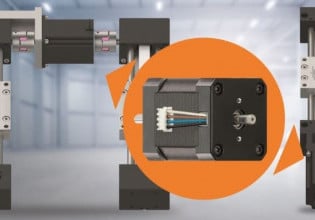P
Hi
Can someone explain me few things related to AC drive.
1) AC drive (V/F) without speed sensor connected to the rotor, How does the drive calculate the actual speed?
2) What happens when the drive is running at a speed say 100o rpm and you start increasing the load on the motor? Or if there is sudden change in load?
3) When the speed is changed, the voltage also changes to keep the V/F same. What happens to the current?
4) At low speed does the current really remains same as the current at full speed?
Can someone explain me few things related to AC drive.
1) AC drive (V/F) without speed sensor connected to the rotor, How does the drive calculate the actual speed?
2) What happens when the drive is running at a speed say 100o rpm and you start increasing the load on the motor? Or if there is sudden change in load?
3) When the speed is changed, the voltage also changes to keep the V/F same. What happens to the current?
4) At low speed does the current really remains same as the current at full speed?






